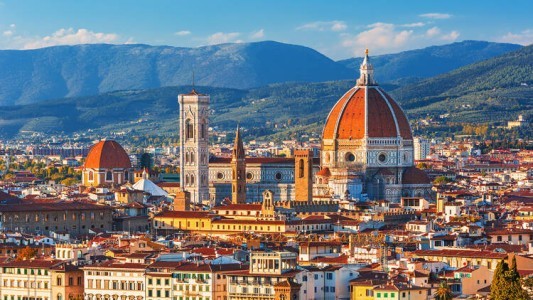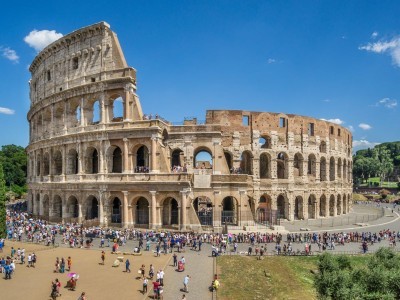Tuscan Food: Cheese
The most popular cheese in Tuscany is Pecorino, a hard cheese made from whole sheep's milk between September and June when the is grass best for grazing. It can be eaten 'fresh' when it is relatively soft and creamy or it can be aged in a variety of ways until it is quite firm but crumbly, nutty and sharp in flavour. Mature Pecorino, aged for at least 18 months, is often grated over a robust pasta sauce rather than the well known and more delicate Parmesan.
Pecorino can be found studded with black truffles or walnuts, and wrapped in leaves which have almost turned to dust during the aging process. There are also regional differences within Tuscany where Pecorino is produced with un-pasteurised milk or where the characteristic oval shape of the maturing cheese is rubbed with olive oil, tomato paste or salt to confer a particular local style and flavour. Pecorino in Florentine restaurants will often be served with honey or fruit conserves, a tradition thought to date back to the pre-Roman Etruscan period.
Caprino is soft, creamy and made from goat's milk. In Tuscany it is often rolled in herbs or ground pepper for extra flavour and it is produced in the lush green of the Maremma and the Mugello.
Tuscan sheep's ricotta is a soft, fresh whey cheese made from ewe's milk. Naturally low in fat and slightly sweet it is a popular ingredient in many desserts all over Italy. Although usually eaten fresh, ricotta can also be found smoked or salted which means its shelf life increases as does its versatility in the kitchen.
Tuscan stracchino, also known as crescenza is a soft, creamy cheese with a mild, slightly sweet flavour. It is made in the south west of Tuscany in the area of the Maremma and is used in delicate egg dishes or with vegetables.







